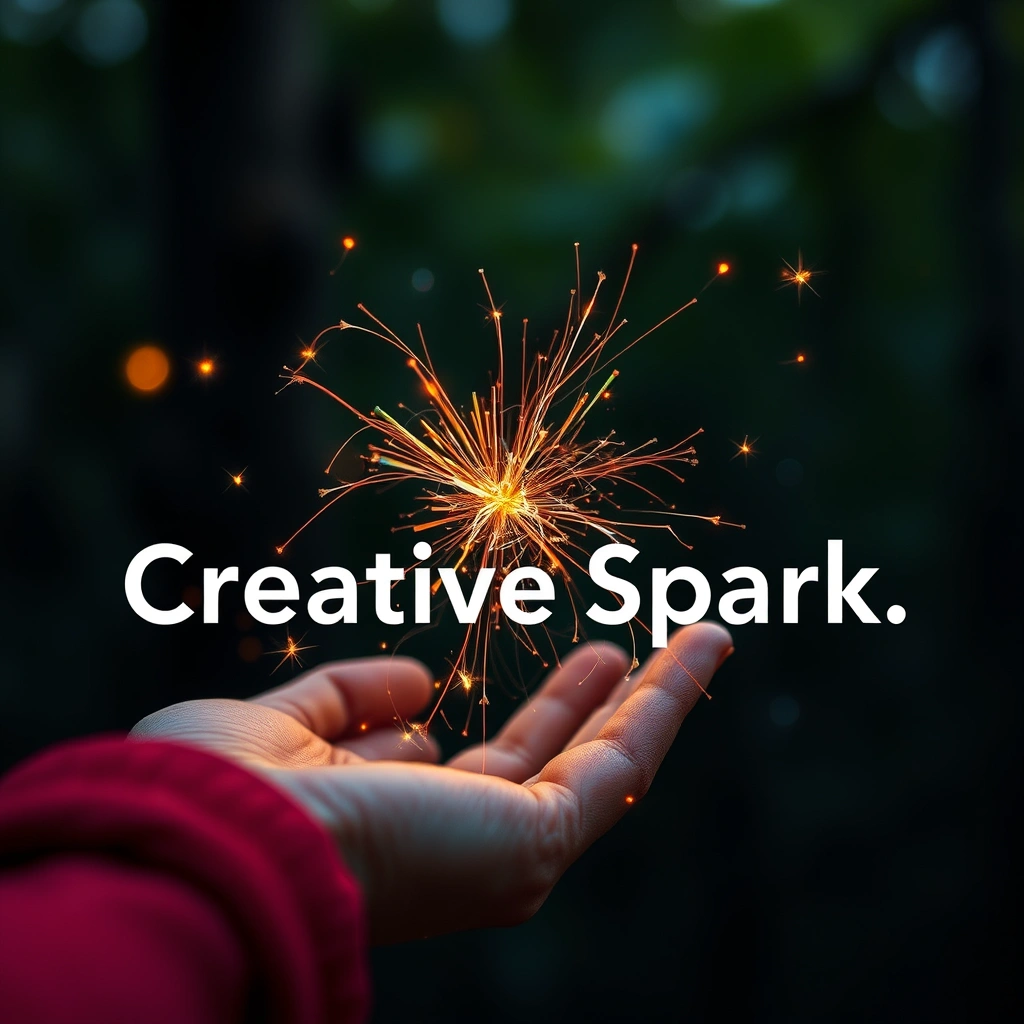Unlocking Human Imagination with AI Creativity
The boundaries between human and artificial intelligence continue to blur, giving rise to a fascinating phenomenon – AI Creativity. As machines learn to think, create, and innovate, we’re witnessing a new era of collaboration between humans and AI. By harnessing the potential of AI Creativity, we’re not only augmenting human capabilities but also unlocking fresh avenues for artistic expression, problem-solving, and innovation.
The Evolution of AI Creativity
The concept of AI Creativity has undergone significant transformations since its inception. Initially, AI was seen as a tool for processing and analyzing data. However, with advancements in machine learning and deep learning, AI has begun to demonstrate creative capabilities. Today, AI algorithms can generate art, compose music, and even write stories. This evolution has sparked intense debate about the role of AI in creative industries.
From Imitation to Innovation
One of the key drivers of AI Creativity is its ability to learn from vast datasets and generate novel outputs. For instance, AI-powered tools like Generative Adversarial Networks (GANs) and Variational Autoencoders (VAEs) have been used to create stunning artworks that were previously unimaginable. These AI-generated art pieces have not only impressed art enthusiasts but also raised questions about authorship and ownership.
– GANs work by pitting two neural networks against each other to generate new images.
– VAEs, on the other hand, use a probabilistic approach to generate new data samples.
As AI Creativity continues to advance, we’re seeing a shift from imitation to innovation. AI is no longer just replicating human creations; it’s pushing the boundaries of what’s possible.
Applications of AI Creativity
The applications of AI Creativity are vast and diverse, spanning industries like art, music, writing, and even advertising. For example, AI-powered tools are being used to:
1. Generate personalized product recommendations based on customer preferences.
2. Create customized music playlists for users.
3. Assist writers in developing plot ideas and characters.
One of the most exciting applications of AI Creativity is in the field of content generation. AI-powered tools like language generators and image synthesis models are being used to create high-quality content at scale. For instance, companies like Jasper are using AI to help businesses generate marketing copy and social media content.
Collaborative Creativity: Humans and AI
As AI Creativity continues to evolve, we’re seeing a growing trend towards collaborative creativity between humans and AI. By combining the strengths of both humans and machines, we’re able to create something truly unique and innovative. For example, AI-powered tools can assist human artists in exploring new styles and techniques, while human intuition and creativity can guide AI algorithms towards novel and interesting outputs.
The Future of AI Creativity
The future of AI Creativity holds much promise. As AI algorithms become increasingly sophisticated, we can expect to see even more innovative applications of AI in creative industries. Moreover, the collaboration between humans and AI will continue to drive the development of new and exciting creative possibilities.
By embracing AI Creativity, we can unlock new avenues for artistic expression, problem-solving, and innovation. As we move forward, it’s essential to consider the implications of AI Creativity and its potential impact on various industries. For those interested in exploring the possibilities of AI Creativity further, we encourage you to visit khmuhtadin.com to learn more about the latest developments in this exciting field.

Leave a Reply